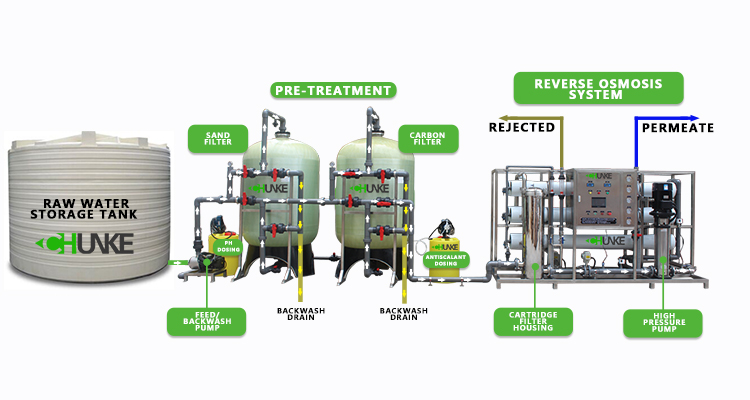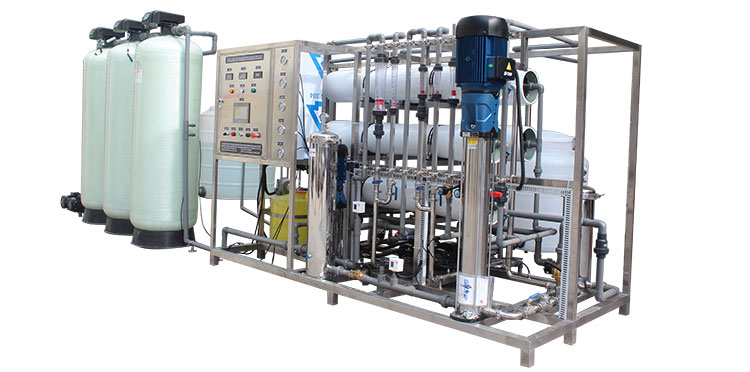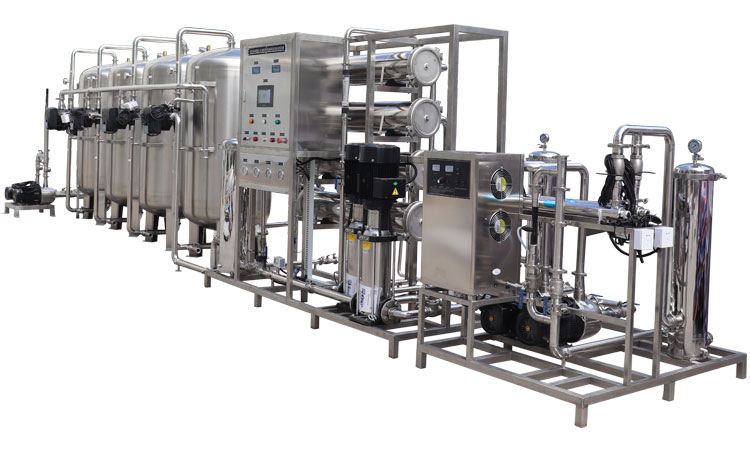What is a primary water treatment system?
Water is an indispensable resource in our lives, but before use, it needs to go through a series of treatments to ensure its safety and cleanliness. The primary water treatment system is the first process in the water treatment process. Its purpose is to remove large particle impurities and pollutants in the water, providing a good foundation for subsequent treatment processes.

What Is the First Step in Primary Treatment Plant ?
In a primary treatment plant, the first step is called screening. This is the initial phase of the treatment process, where incoming wastewater passes through screens to remove large objects and debris such as sticks, rags, plastics, and other materials that could damage or clog equipment in later stages of the treatment process.
Here is how screening typically works:
Bar screens: The wastewater flows through bar screens, which are large metal grates with bars spaced a certain distance apart. These screens trap larger objects and prevent them from continuing further in the treatment process.
Cleaning the screens: The collected debris on the screens needs to be removed periodically. This can be done manually or automatically using mechanical scrapers or rakes.
Disposal of debris: The debris collected from the screens is typically disposed of in a landfill or through other appropriate waste management practices.
Screening is crucial as it helps to protect downstream equipment, such as pumps and filters, from damage and ensures a smoother and more efficient treatment process in later stages.
The five main processes of the primary water treatment system:
1. Screen filtration:
Primary water treatment systems usually include a screen filtration process. By setting up screens of different sizes, large impurities in the water, such as leaves, sediment, etc., can be effectively removed. This step helps reduce the load on subsequent processing steps and protects subsequent processing equipment from damage.
2. Sedimentation tank:
The sedimentation tank is a common equipment in the primary water treatment system. It uses the principle of gravity to settle suspended solids in the water to the bottom of the tank to form sludge, thereby achieving the purpose of removing suspended solids. Through the operation of the sedimentation tank, impurities such as sediment and sludge in the water can be effectively removed.
3. Adding flocculant:
In order to enhance the decontamination ability of the primary water treatment system, flocculants are usually added to the water. Flocculants can form flocs in water, gathering tiny suspended particles into larger clumps for easy sedimentation and filtration. This helps improve the treatment efficiency and water cleanliness of the primary treatment system.
4. Filter:
Primary water treatment systems often include a filtration process. Through filter media of different materials, such as sand, quartz sand, etc., suspended solids and microorganisms in the water can be further removed, and the transparency and cleanliness of the water quality can be improved.
5. Adjust pH:
The pH value of some water sources is low or high and needs to be adjusted by adding alkali or acid to bring the water quality to a suitable treatment range. This helps improve the effectiveness and stability of subsequent processing steps.
Through the organic combination of the above five steps, the primary water treatment system can effectively remove large particle impurities, suspended solids and pollutants in the water, providing clean and stable water sources for subsequent treatment processes.

What are the key components of a primary water treatment system?
The primary water treatment system is a key link to ensure the safety and cleanliness of water supply. What are its main components?
1. Screen filter: The screen filter is one of the important components of the primary water treatment system. It removes large impurities in the water, such as leaves, sediment, etc., by setting up screens with different pore sizes.
2. Sedimentation tank: The sedimentation tank uses the principle of gravity to settle suspended solids in the water to the bottom of the tank to form sludge, thereby achieving the purpose of removing suspended solids.
3. Flocculant dosing system: In order to enhance the decontamination ability of the primary water treatment system, flocculants are usually added to the water to help tiny suspended particles aggregate into larger clumps to facilitate sedimentation and filtration.
4. Filter: Primary water treatment systems often include filters, which further remove suspended solids and microorganisms in the water through filter media of different materials, such as sand, quartz sand, etc.
5. pH adjustment system: The pH value of some water sources is low or high, and it needs to be adjusted by adding alkali or acid to bring the water quality to a suitable treatment range.
The above components work together to form a complete primary water treatment system, which provides a good foundation and guarantee for subsequent water treatment processes.

How does a primary water treatment system contribute to environmental protection?
The primary water treatment system not only ensures the safety of water supply, but also plays an important role in environmental protection.
1. Reduce pollutant discharge: The primary water treatment system can effectively remove large particle impurities and pollutants in the water, reduce the pollution level of sewage discharged into natural water bodies, and protect the water ecological environment.
2. Reduce the risk of water pollution: Through the preliminary treatment of water quality, the primary water treatment system reduces the content of suspended solids and microorganisms in the water, reduces the risk of water pollution in the water supply, and protects public health and safety.
3. Saving resources: By removing impurities and pollutants from water, the primary water treatment system reduces the load and energy consumption of subsequent treatment processes, saving energy and resources.
4. Promote recycling: The sludge and wastewater generated in the primary water treatment system can be further processed to achieve recycling of resources and reduce the negative impact on the environment.
Through the comprehensive application of the above measures, the primary water treatment system not only ensures the safety of water supply, but also makes a positive contribution to environmental protection.




